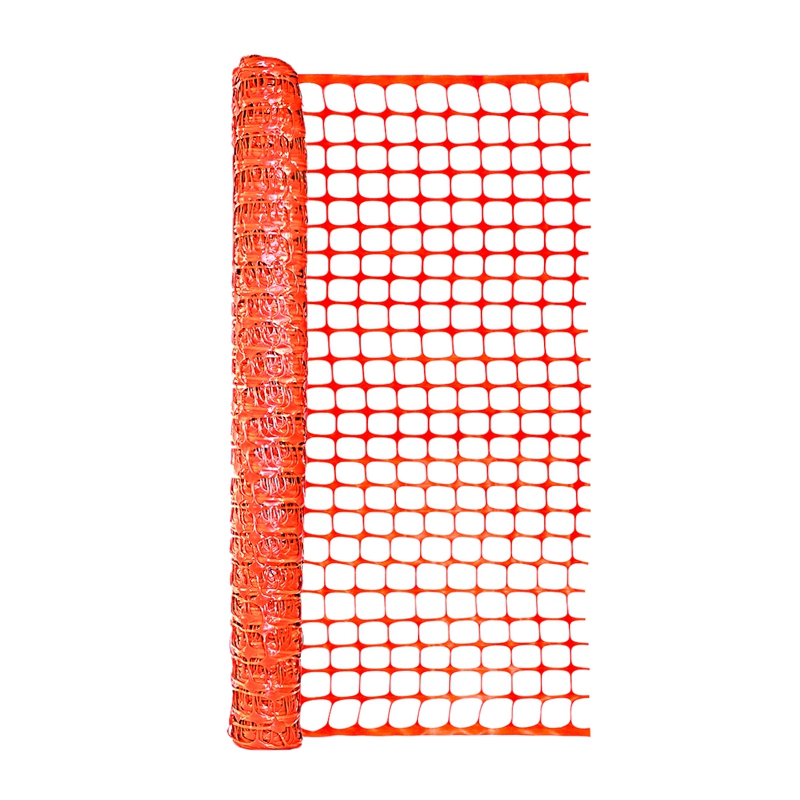prestressed wire
Oct . 30, 2024 16:59
Understanding Prestressed Wire An Essential Component in Modern Engineering
Prestressed wire, a critical element in civil engineering and construction, plays a pivotal role in ensuring the stability and durability of various structures. This innovative material is used primarily in prestressed concrete applications, where it enhances the ability of concrete to withstand tensile forces, thus significantly improving structural integrity.
To grasp the concept of prestressed wire, one must first understand the principles of prestressing. Traditional concrete has excellent compressive strength but is relatively weak in tension, which can lead to cracks and eventual structural failure. Prestressing addresses this limitation by incorporating high-strength steel wire or strands into the concrete before it is subjected to load. This technique involves tensioning the wire or strands before the concrete is poured, creating a state of compression within the concrete once it has hardened. This pre-compression counteracts the tensile forces that the structure will face during use, leading to longer-lasting and more resilient constructions.
The manufacturing of prestressed wire involves high-strength steel, which is specifically engineered to withstand high tensile forces. The most common types include prestressed strands and wires, with diameters ranging from 3mm to 15mm. These wires can endure significant load and are often treated with corrosion-resistant coatings to enhance their longevity, especially in harsh environments.
prestressed wire

Applications of prestressed wire are varied and extensive. In bridges, for instance, it allows for longer spans and reduced material usage, which is crucial for minimizing costs and maximizing efficiency. In buildings, prestressed concrete elements such as beams and slabs are commonly used, enabling architects to design open spaces without the need for extensive support structures. Precast concrete elements, often made with prestressed wire, are also employed in residential and commercial construction, facilitating quick assembly and reducing on-site construction time.
Moreover, the use of prestressed wire contributes to sustainability in construction. By optimizing material usage and enhancing the lifespan of structures, prestressing techniques reduce overall resource consumption and waste. This aligns with modern engineering goals of promoting eco-friendly practices, making prestressed wire an important player in green construction initiatives.
In conclusion, prestressed wire is a fundamental component of contemporary engineering, providing numerous advantages in the design and construction of durable structures. Its ability to improve the load-bearing capacity of concrete while minimizing material use underscores its significance in creating resilient and sustainable buildings and infrastructures. As technology continues to advance, the applications and effectiveness of prestressed wire will undoubtedly evolve, further cementing its status as a cornerstone of modern construction practices. Whether in the development of bridges, buildings, or precast elements, prestressed wire remains an essential tool in the ever-evolving field of civil engineering.




















